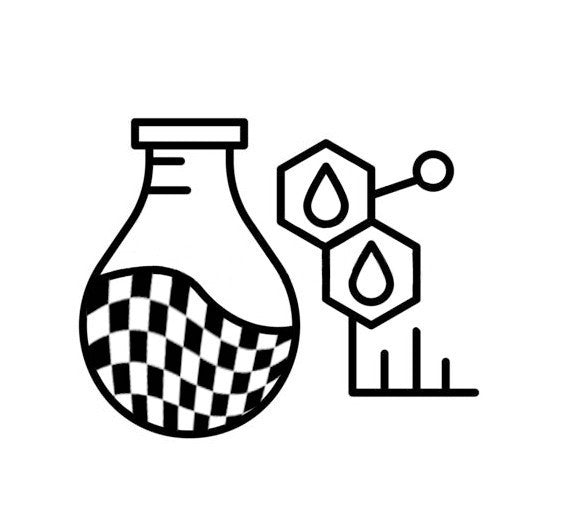Originally Posted By: JimMueller
Yes, I'm on FRRAX and I go by the same ID (I recognize yours also). The original Katech pump I bought (KAT-A2390) had the stuck relieve valve in September 2010, and I replaced it with another A2390 about a week later. I haven't researched alternative pumps if I were to do it over again. But FWIW, I used that same model on two separate LS1 builds without any issues.
The replacement pump hasn't had any known issues since it was installed (unless the twitchy OEM gauge is related). But at the same time the oil pressure was twitchy my other gauges were as well, and it was related to a bad power cable near the firewall. After we fixed the power cable & I replaced the OPSU, only the OP gauge is still acting twitchy.
I highly doubt I'll ever take this motor open tracking because of the sweeping lefthand G issue with the oil puddling in the heads. Not real interested in buying an Aviaid or similar dry sump system to remedy that issue; I've read that others have the same Improved Racing pump I have with an Accusump and their pressure still drops 20PSI in such turns. As such, not terribly interested in adding more gauges to the interior. I do have an older thread on FFRAX regarding fluid temps where we ended up discussing oil cooler components with Alan.
I'm mostly looking for what's best for my driving conditions which won't cause reliability issues and won't hurt fuel economy. Since I don't have the factory temp & pressure gauges nor warranty concerns, just seeing which brands and viscosities I should consider. I'm not against mail ordering Redline though.
OK, I thought the name looked familiar.

Now I have to consider the Katech unit as well (even though I am leaning towards the Schumann Sportsman unit currently).
Yes, the aftermarket LSx dry sump systems can get OUT OF CONTROL price-wise VERY quickly!!
 I am told that an A.R.E. dry sump conversion (over the stock d.s. system) on an LS7 C6 Z06 runs upwards of $10K!!! YIKES!
I am told that an A.R.E. dry sump conversion (over the stock d.s. system) on an LS7 C6 Z06 runs upwards of $10K!!! YIKES!
Another consideration for (less expensive, no shipping) off the shelf/Sino-Mart oil is to get 5 qts. of M1 0W-40, and 'thicken it up' with 2 qts. of their 15W-50.

Yes, I'm on FRRAX and I go by the same ID (I recognize yours also). The original Katech pump I bought (KAT-A2390) had the stuck relieve valve in September 2010, and I replaced it with another A2390 about a week later. I haven't researched alternative pumps if I were to do it over again. But FWIW, I used that same model on two separate LS1 builds without any issues.
The replacement pump hasn't had any known issues since it was installed (unless the twitchy OEM gauge is related). But at the same time the oil pressure was twitchy my other gauges were as well, and it was related to a bad power cable near the firewall. After we fixed the power cable & I replaced the OPSU, only the OP gauge is still acting twitchy.
I highly doubt I'll ever take this motor open tracking because of the sweeping lefthand G issue with the oil puddling in the heads. Not real interested in buying an Aviaid or similar dry sump system to remedy that issue; I've read that others have the same Improved Racing pump I have with an Accusump and their pressure still drops 20PSI in such turns. As such, not terribly interested in adding more gauges to the interior. I do have an older thread on FFRAX regarding fluid temps where we ended up discussing oil cooler components with Alan.
I'm mostly looking for what's best for my driving conditions which won't cause reliability issues and won't hurt fuel economy. Since I don't have the factory temp & pressure gauges nor warranty concerns, just seeing which brands and viscosities I should consider. I'm not against mail ordering Redline though.
OK, I thought the name looked familiar.

Now I have to consider the Katech unit as well (even though I am leaning towards the Schumann Sportsman unit currently).
Yes, the aftermarket LSx dry sump systems can get OUT OF CONTROL price-wise VERY quickly!!

Another consideration for (less expensive, no shipping) off the shelf/Sino-Mart oil is to get 5 qts. of M1 0W-40, and 'thicken it up' with 2 qts. of their 15W-50.




